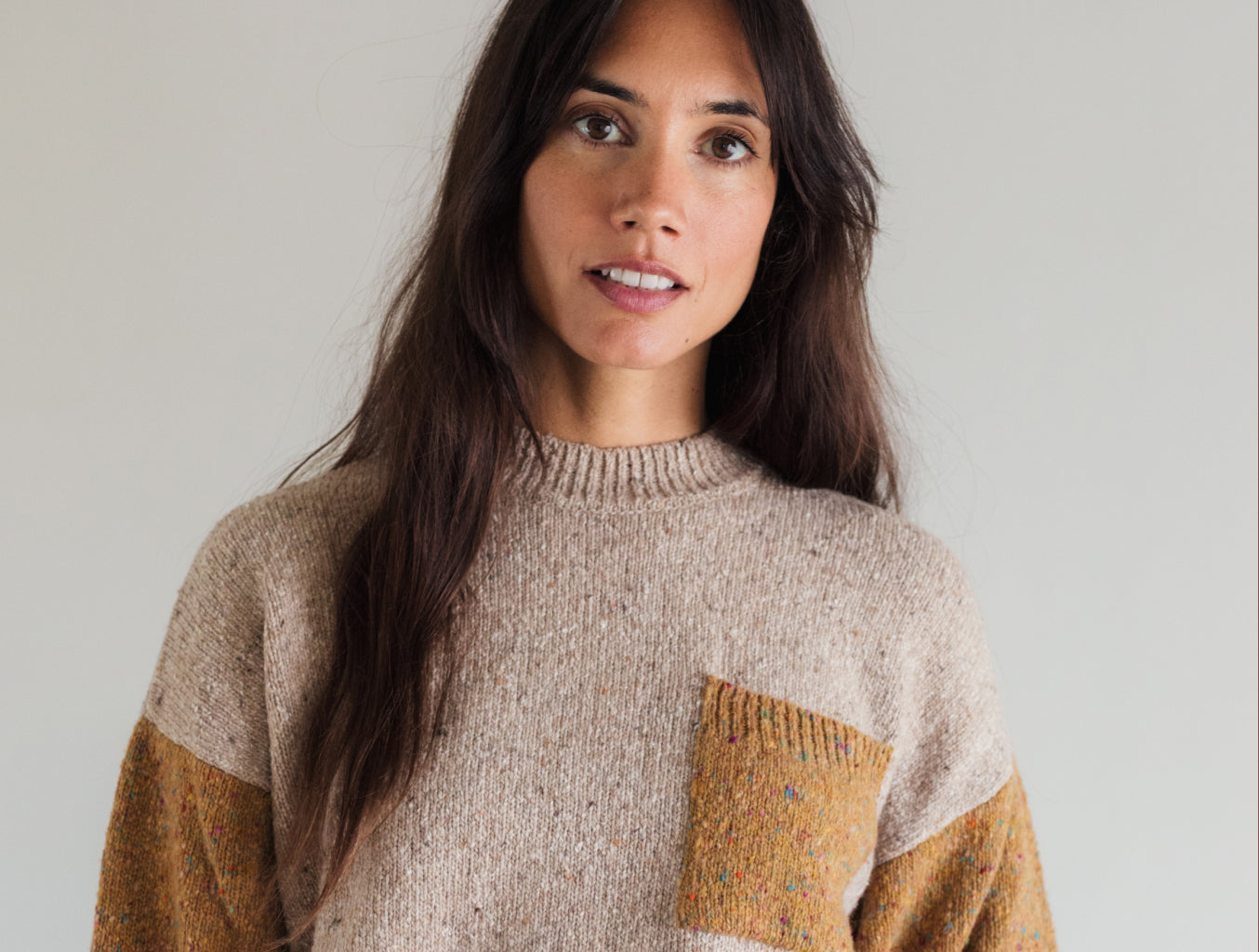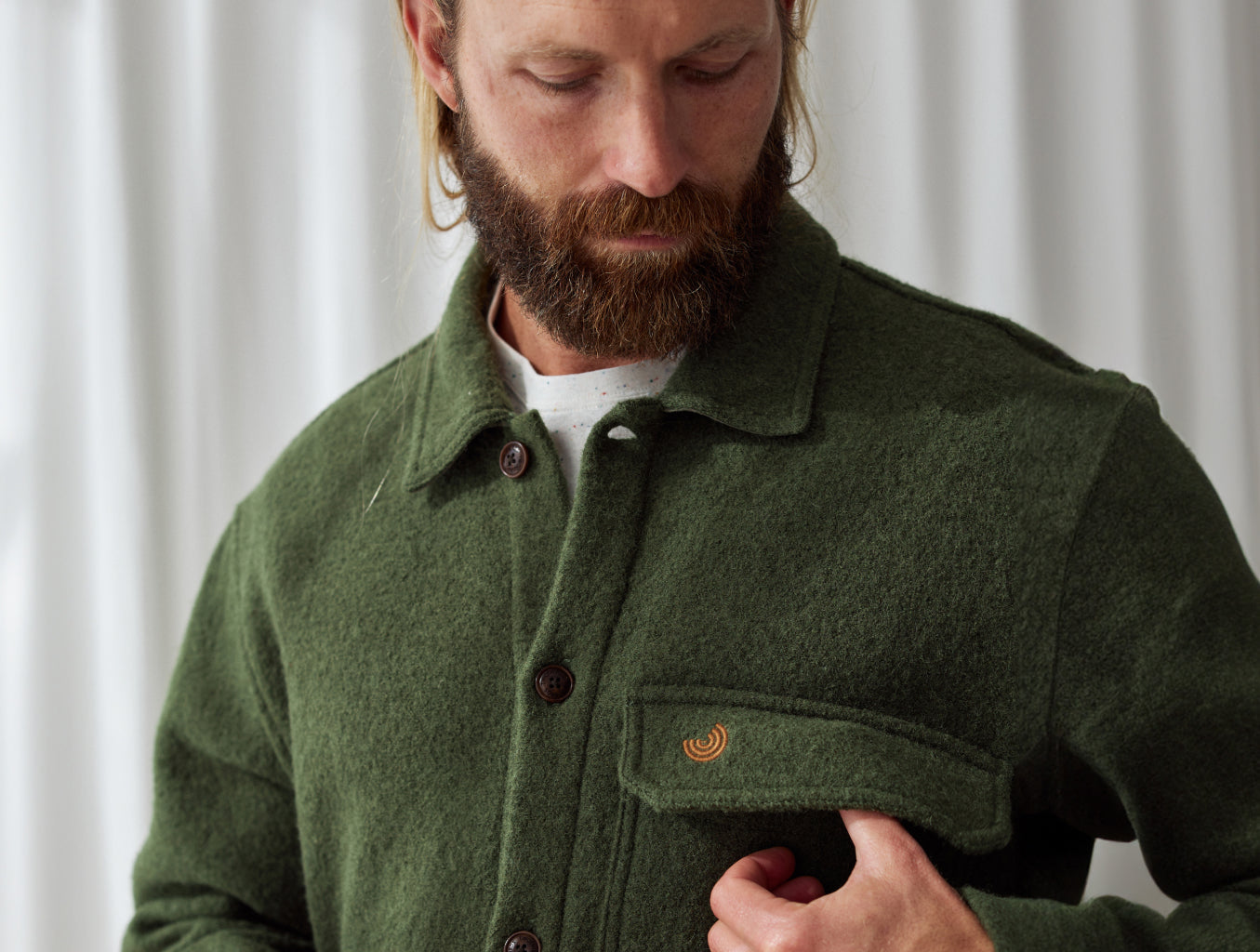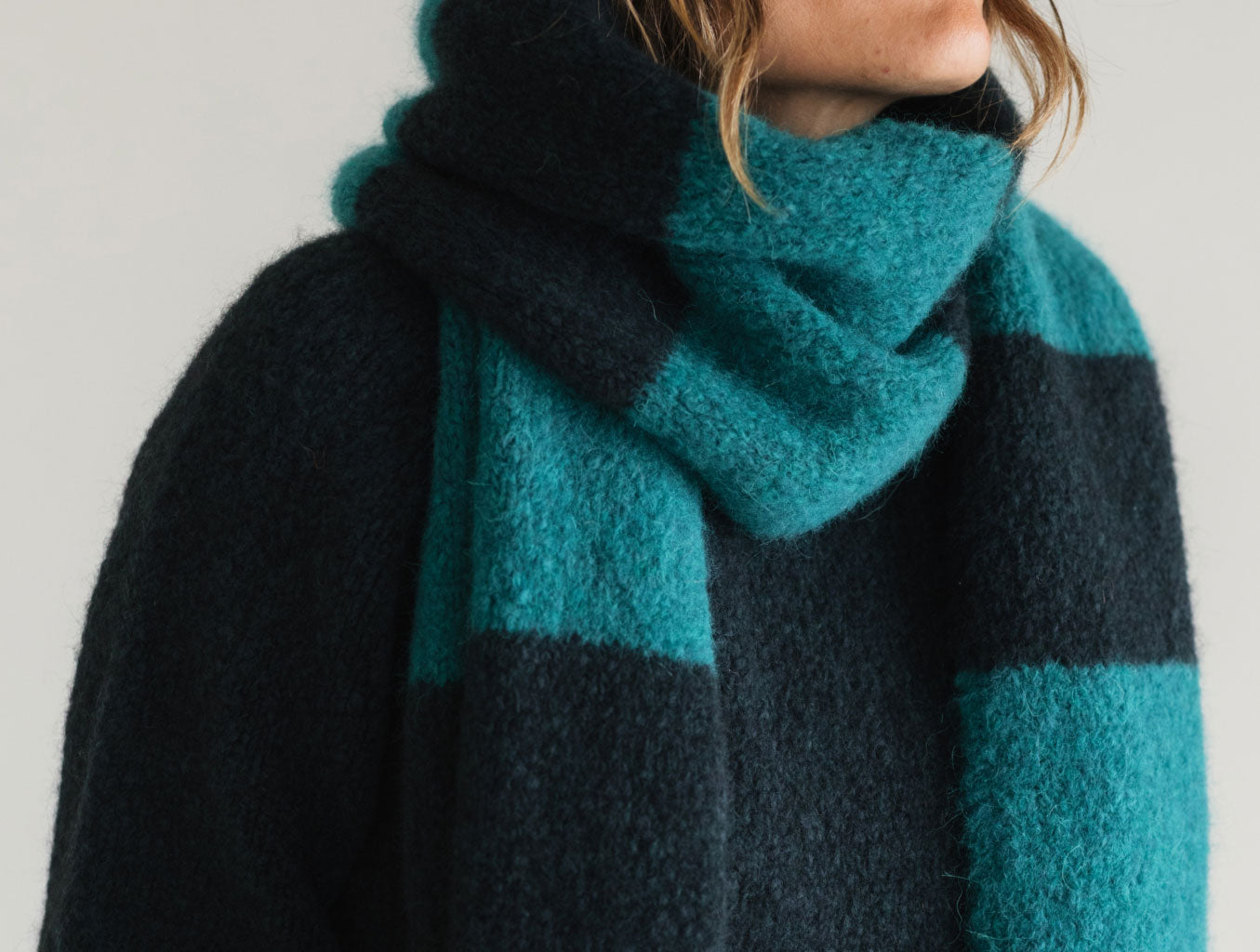That Is The Question! Let’s Answer It.
It can easily be argued that fast fashion as we know it today was born in Spain, where a small family-run business grew exponentially into one of the fashion industry’s biggest global players, with scant regard for the planet. As a small, family-run, sustainable clothing brand, there are many lessons we can take away from the history of fast fashion, so we don’t make the same mistakes that others did, but instead look to do things the slow fashion, or sustainable fashion, way.
Since our sustainable fashion journey began back in 2010, we have wrestled with the concept of sales. On the one hand: they are a great way of providing value to our sustainable fashion community, and on the other hand they are a fast fashion byproduct, which erodes eco-friendly fashion values in return for marginal short-term gains.
In order to fully understand whether an online fashion sale can ever be truly sustainable, we first need to have a solid grasp of exactly how both slow fashion and fast fashion sales function.
How Fast Fashion Spring Sales Work
Fast fashion sales of all shapes and sizes tend to work in the following way:
- A fast fashion brand typically releases 20+ fashion collections per year.
- This creates a huge clothing stock surplus.
- That surplus must either be sold or otherwise go to waste.
- Sales should help reduce that surplus, but many fast fashion companies produce extra, low quality, stock especially for sales.
- Despite big discounts, profits are still made due to the low quality of clothing and the poor labour standards workers and suppliers are subjected to, which creates a disproportionately large profit margin.
- Customers purchase large quantities of low quality products that go to waste just days or weeks after a sale closes.
- The cycle repeats, consuming huge amounts of raw materials, many of which simply go to waste.
- Indeed, waste is a key component of fast fashion sales, with fast fashion bosses quite content if consumers throw clothes away, thus creating heightened demand.
Think this whole process is a little crazy? You wouldn’t be wrong to think so, but unfortunately fast fashion sales have garnered enormous profits for many fast fashion brands, which makes them a tough habit to kick.

How Slow Fashion Spring Sales Work
Slow fashion sales, such as the ones we run here at TWOTHIRDS, allow our ocean-loving community to also get their green fingers on discounted sustainable shirts or eco-friendly swimwear, but the process works a little differently:
- We release just 5 or 6 ethical fashion collections per year.
- We use our pioneering PRE-ORDER system to cut overproduction to almost zero.
- That means no waste and nothing going to landfill or incinerators.
- However, we do have some items returned to us and that’s why we occasionally hold sales.
- Sales also allow us to cut down on our need for warehousing, which has a surprisingly high environmental footprint.
- We craft all our products in Europe; in line with high ethical and labour standards, and never create products specifically for an upcoming sale.
- A sale piece from TWOTHIRDS is designed to last a lifetime.
Why We’re Still Compelled To Run Sales
Criticism we sometimes face as a slow fashion brand is that we bow to pressure from the market and run sales just as any fast fashion brand would. As we have alluded to above, our ethical fashion sales do differ quite a bit from fast fashion sales. Unfortunately, aside from trying to make our sales process as sustainable as possible, we simply cannot resist the market forces that drive the continued popularity of sales.
Time and again the number crunchers on our TWOTHIRDS ship tell us that customers buy more products during sale periods than at any other time of year. This means that to do away with sales altogether would have us suffer as a business, putting further strain on our already slim profit margins.
While we’re willing to do our part to try and change consumer behaviour for the better, ours is a small voice when compared to the industry’s big players. Our hope is that new incoming European directives related to greenwashing and overproduction will begin to take effect sooner rather than later, so that our slow fashion way of doing business gains the credence it deserves in the near future, and sales become an outdated fashion relic.

What’s The Alternative To Sales?
One of the best alternatives to a sale is our much vaunted PRE-ORDER system, which gives eco fashion fans a 20% discount in return for them allowing us the time needed to plan exactly how many materials we should order, so as to reduce overproduction to zero. With many online sales rarely offering a real-terms discount of more than 20%, buying sustainable dresses, fair trade trousers or eco-friendly skirts via PRE-ORDER is increasingly the best way for consumers to resist the sales mentality that plagues the world of fashion.

The other obvious alternative to fashion sales is to make them obsolete. Some other sustainable fashion brands have taken this bold step, although it remains to be seen if it is one that will be financially viable or if other marketing techniques similar to sales will be used to make up the shortfall.
For now, we’re focused on making our current sales system as sustainable as possible, but we’ll keep an open mind to new ideas that may arise when it comes to how to do away with this fast fashion trope once and for all.












